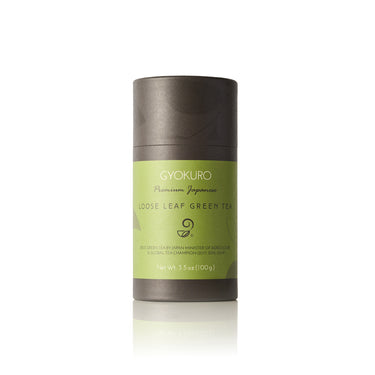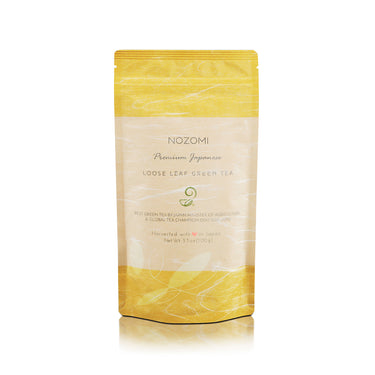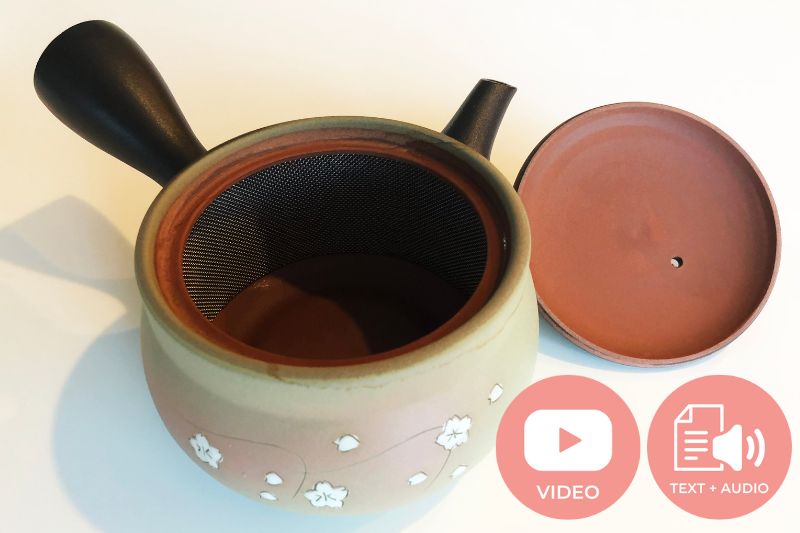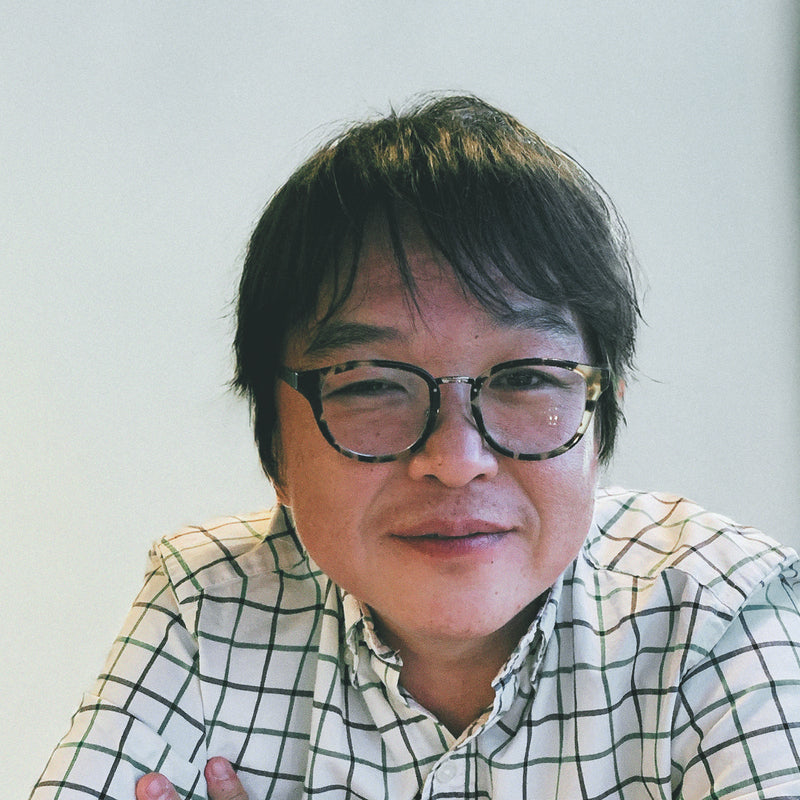What is a second infusion or resteeping?
Did you know that the same green tea leaves can be steeped more than once? Steeping the green tea leaves for the second time is known as the second infusion. In Japanese, it is called nisenme (nisen-me 二煎目) for the second infusion and sansenme (sansen-me 三煎目) for the third infusion.
Resteeping is slightly different than your first infusion of tea. Unlike other tea types, green tea leaves only have limited infusions—maximum three or four. However, it is not quite easy to get the perfect cup with every infusion because you need to be careful about the water temperature and steeping.
Do not try to use hot, boiling water and a longer steeping time to make the leaves infuse all at once. Because tea made like this will be very bitter with strong astringency to the point that it will be unpleasant. It is due to the fact that different compounds infuse in the water at different temperatures to create balance and good flavor. Therefore, it is important to have different infusions to get the best flavor and nutrients out of green tea.
After the first infusion, the leaves still have compounds left, which creates barely any flavor, but it is fun to try mild and low-note flavors. The second steeping differs from the first and third steeping because it has a different controlled temperature steeping time.
Each infusion brings out a different personality of the tea. The first steep often highlights umami richness and vibrant vegetal notes, while the second unlocks subtler, softer flavors—sometimes sweeter or nuttier, depending on the tea type. This transformation makes resteeping not just practical but also deeply enjoyable, offering a more nuanced appreciation of Japanese green tea. Rather than discarding the leaves after a single use, embracing the second infusion is part of a mindful tea-drinking experience that honors the craftsmanship behind every harvested leaf.
How to do a second infusion?
When you first brew tea, it takes a longer time because the tea leaves are dry and take time to infuse. But it is not the same the second time because the tea leaves are warmed up and unrolled from the first steeping and just need a little time to extract some more flavors. While we are waiting for a second infusion, the leaves continue to release flavor, so therefore resteeping is for a shorter time but at a slightly higher temperature. You only need a little time for a second infusion, so when you pour water over tea leaves, wait for 30 or 60 seconds and then pour into cups.
Nevertheless, some people have different opinions, such as that leaves release more flavors when brewed longer. Here is an interesting fact: with each additional steeping time, you get a different flavor, and therefore it is good to experiment to get the best taste suited for you.
It’s also important to remember that different types of Japanese green tea respond uniquely to resteeping. For example, sencha often performs well with a slightly higher second-infusion temperature (around 80°C), while gyokuro, being more delicate, should still be steeped at a lower range (around 60–65°C) even on the second brew. Adjusting water temperature and steeping time based on the tea variety can dramatically enhance your experience. Investing in a temperature-controlled kettle or learning to cool boiling water properly can make all the difference in achieving a flavorful and balanced second cup.
Another helpful tip is to observe the aroma and color of the tea as you brew. These sensory cues can guide your steeping time more intuitively than the clock alone. A slightly deeper hue or a richer scent often indicates that the tea is ready to pour. Over time, developing this sensitivity will help you fine-tune your brewing process, making each second infusion not just a routine—but an art form.
What things to keep in mind while infusing for the second time?
- Keep the same amount of leaves and water for a second infusion. Also, control the water temperature and steeping time.
- Do a second infusion as soon as you can because wet leaves start to degrade faster.
- When brewing in a teapot, make sure to serve every last drop of each infusion. It is because if some is left from the first infusion and you do the second infusion, it will mix up and alter the results.
- Gently shake or swirl the teapot before pouring to ensure even extraction and a more balanced flavor.
- Avoid leaving the lid tightly sealed between infusions, as excess trapped heat and moisture can lead to bitterness or spoilage.
- Store the teapot in a cool, shaded area between infusions if you're waiting more than a few minutes for the next steep.
Health benefits in the second infusion
Many people wonder if there are health benefits to the second infusion, and they are right to think about it. Second and later infusions are mainly for taste and quality rather than their benefits. However, it does not imply that it does not have any effect on health. According to a study, the caffeine content in first-infused tea is 68%, and later it decreases to 23%. It is due to the fact that 70% of the tea leaf content dissolves in water in the first brewing, while later, only 20% remains. The catechins and polyphenols dissolve in water slowly compared to caffeine, resulting in more content in later infusions than in the first brewed tea. Therefore, it shows that later infusions also have healthy substances and are not regarded as useless.
The second infusion is particularly valuable for those who are sensitive to caffeine. Since most of the caffeine is released in the first brew, the next cups offer a gentler, calming experience without the stimulant effects. This makes the second infusion a suitable choice for late afternoon or evening tea sessions when you want the antioxidants without risking a disrupted sleep cycle.
Moreover, compounds like L-theanine, which contribute to mental clarity and relaxation, remain present in later steeps. These amino acids work alongside remaining polyphenols to support focus and reduce stress. While the concentration may be lower, sipping multiple infusions throughout the day allows for a gradual intake of these beneficial elements—making the most out of every leaf. In fact, traditional Japanese tea culture often embraces multiple infusions not just for taste, but as part of a wellness ritual. The gradual release of bioactive compounds across infusions supports sustained hydration and a steady flow of antioxidants throughout the day. This slower, more mindful consumption aligns with holistic approaches to health—encouraging balance, calmness, and deeper appreciation for the subtle nourishment tea provides over time.
Conclusion
The art of second infusion is more than just a way to stretch your tea leaves—it's a journey into the subtle layers of Japanese green tea. By adjusting steeping time and water temperature, each infusion reveals new dimensions of flavor, aroma, and wellness benefits. From a strong, umami-rich first cup to a gentler, caffeine-light second brew, resteeping encourages mindful tea preparation and deeper appreciation for the leaf's full potential. Embracing second and even third infusions isn't just practical—it's a rewarding ritual that connects you to the essence of traditional tea culture.
Related Question from a customer:
It was mentioned that the standard practice in Japan is to do a second infusion of the tea. I've seen other places on the internet where it is mentioned that green tea can be steeped up to three times, or even more (depending on the quality of the tea), and this is common practice in Japan. Would two infusions only be good for lower-quality teas or "non"-green teas?
Our Answer:
In my opinion, you can do third and fourth infusions with any tea. If the flavor comes out on the 3rd or 4th infusion, it is probably not related to the quality of the tea but rather to the type of tea.
How Many Times Do You Steep?
We have a private Facebook group called Green Tea Club, and below is how people answered how many times they steep tea. Click here to join the Green Tea Club.
Get Free Bonus Books

Sign up for free to the Green Tea Club to get advice and exclusive articles about how to choose Japanese Tea, and tips, tricks, and recipes for enjoying Japanese tea.
About the author
Kei Nishida
Author, CEO Dream of Japan
Certification: PMP, BS in Computer Science
Education: Western Washington University
Kei Nishida is a passionate Japanese green tea connoisseur, writer, and the founder and CEO of Japanese Green Tea Co., a Dream of Japan Company.
Driven by a deep desire to share the rich flavors of his homeland, he established the only company that sources premium tea grown in nutrient-rich sugarcane soil—earning multiple Global Tea Champion awards.
Expanding his mission of introducing Japan’s finest to the world, Kei pioneered the launch of the first-ever Sumiyaki charcoal-roasted coffee through Japanese Coffee Co. He also brought the artistry of traditional Japanese craftsmanship to the global market by making katana-style handmade knives—crafted by a renowned katana maker—available outside Japan for the first time through Japanese Knife Co.
Kei’s journey continues as he uncovers and shares Japan’s hidden treasures with the world.
Learn more about Kei










